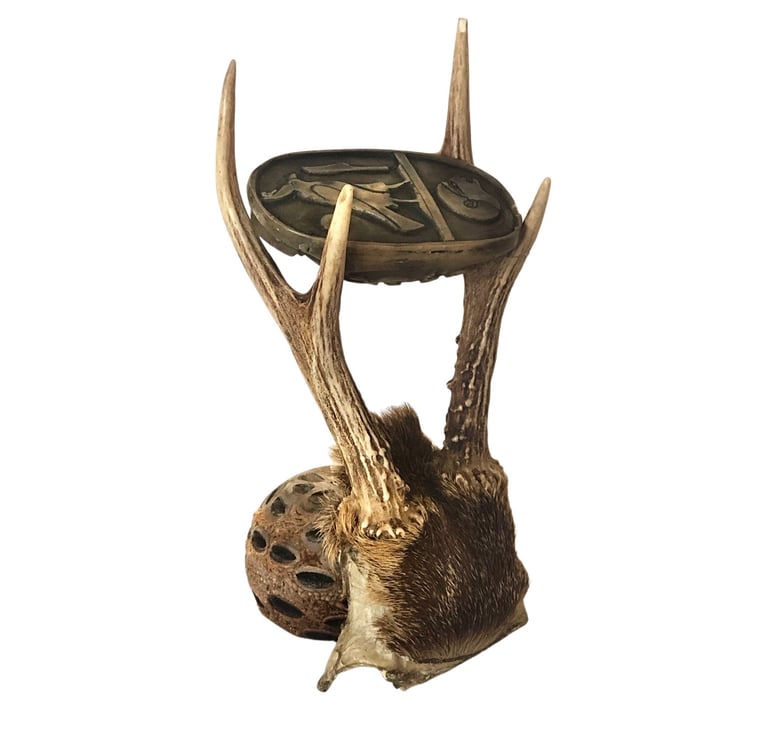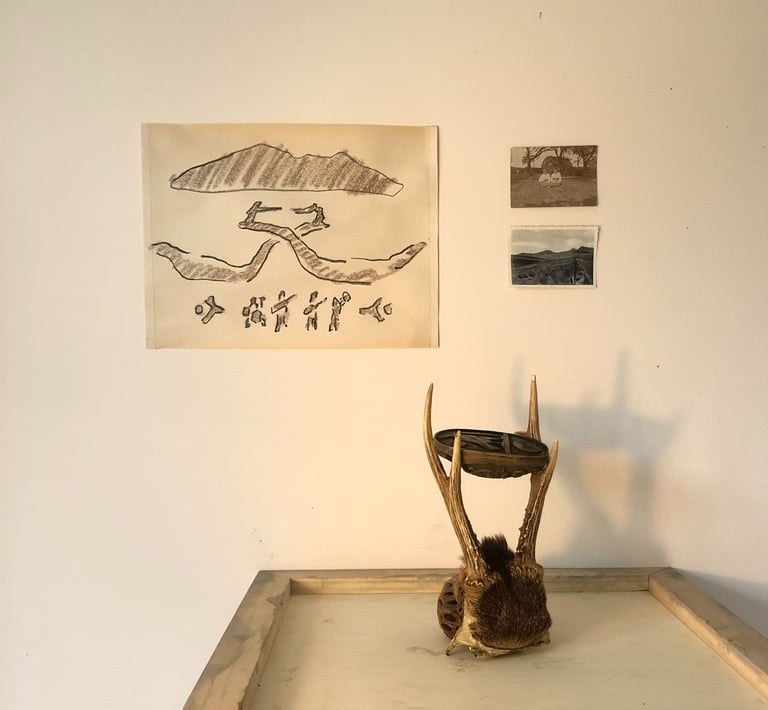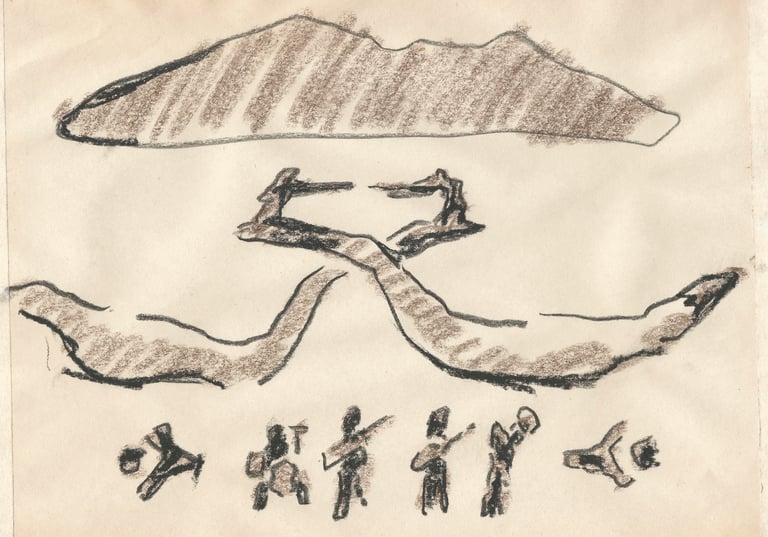Fête
2022 - Sète, France


Fête is the second work within Hydro Trinity. Fête, the French word for festival, refers to Fête de la Saint-Louis in Sète, France.
Fête de la Saint-Louis is an annual water jousting festival in Sète, in the south of France, a tradition recorded since 1666. Once a year, to celebrate the water jousting tournaments in the canals running through the city, the streets are filled with music, parades, local seafood and joy. Celebrating this festival in 2022 inspired Annabelle Keyes to create Waterway Fête, transmitting the duo experience. The duo is all about moments shared: intimate, present and collaborative experiences. Waterway Fete speaks of how in this instance, residing among canals provides these experiences in which we find community, meaning and joy.
Reverberations of duo, through which the artist experienced life alongside canals, include the symbiotic merging of French and Northern African culture, the basis of tournament being two opponents from two teams and the two sides of the canal. All united in a braided, joyous and present celebration of life.


The culture and beauty of celebration in Fête de la Saint-Louis can be seen as thanks to both the existence of canals in a populated city, but also the existence of immigration and humans moving across bodies of water and thus merging cultures. It is all of these waterways which brought people together throughout time in Sète, for 356 years.


Installation view.
Chalk on paper, found photographs, preserved antlers and found scarab beetle artefact.




Much of the joy found in Sète can be attributed to the vibrant Northern African influence, as seen in the music, art and antique markets. The found object assemblage consists of objects that reflected the idea of duo; the dualistic form of the antlers and the Egyptian scarab beetle artefact which utilises symbols for communication between writer and reader. Water jousting also first originated in Egypt.
The findings from residing in Sète emerge as a socially intertwined, magnetic pulling toward the canals. The water becomes where people go to hang out, to celebrate, to connect. The water becomes a space associated with joy; in this sense, it is protected and regarded as special. Either consciously or subconsciously we are reminded that even in cities, human spaces can benefit from the protection and preservation of natural systems.


